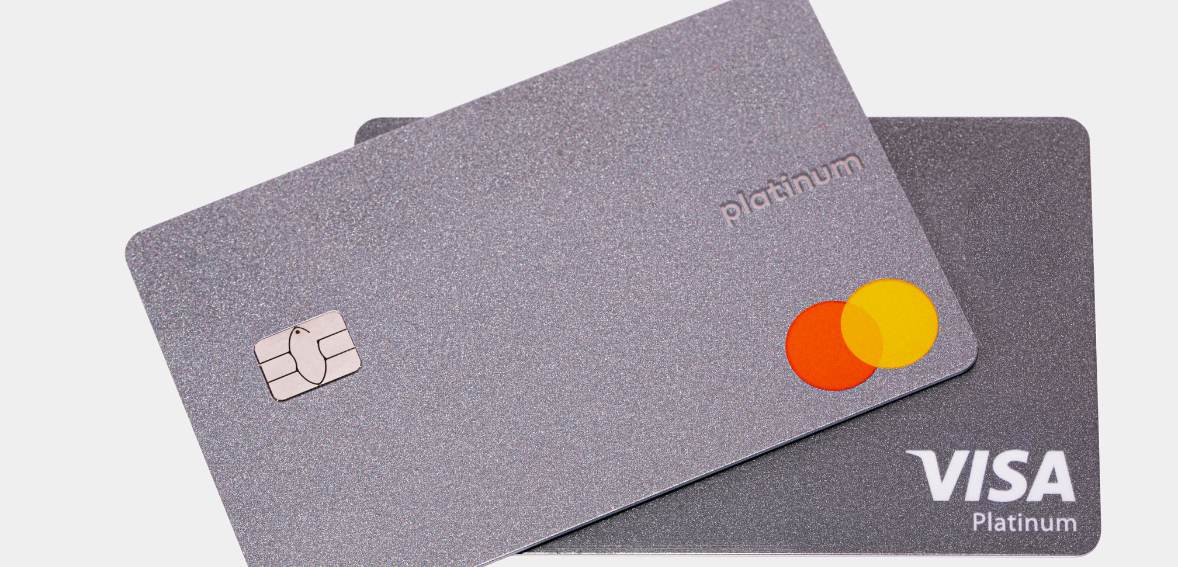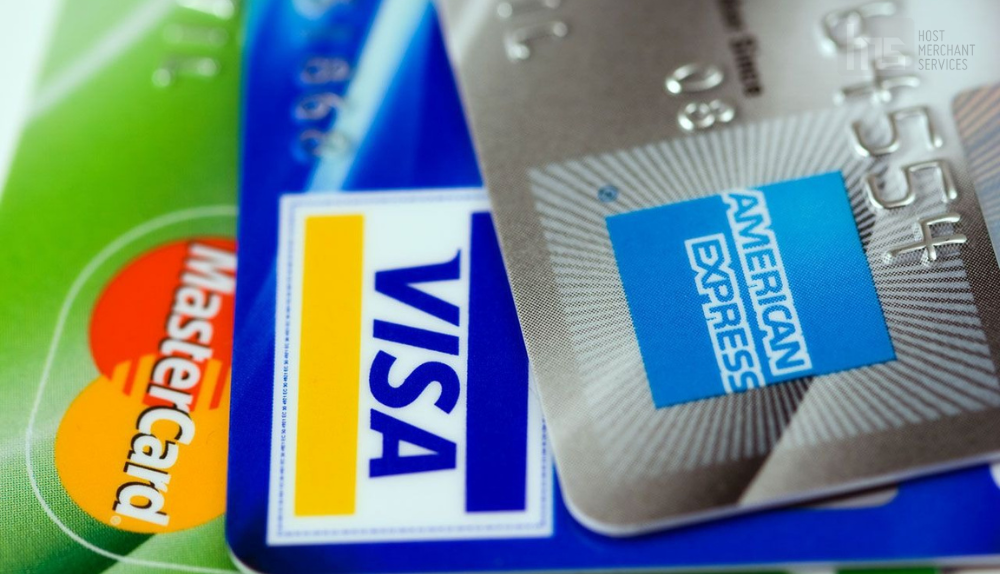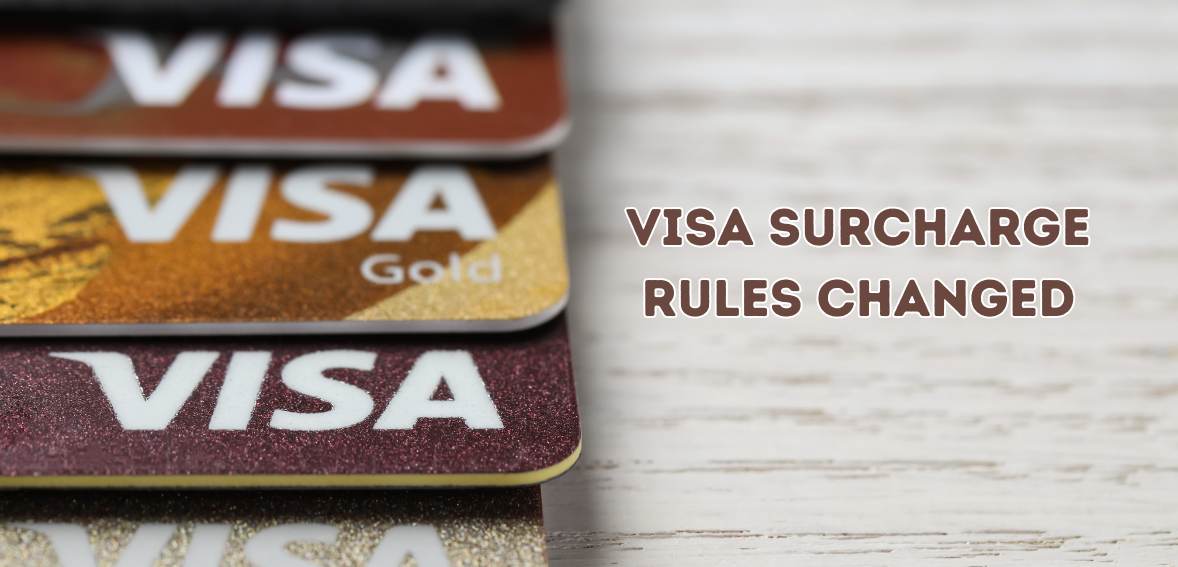How Visa Surcharge Rules Changed in April 2023
Running an eCommerce or a brick-and-mortar store comes with many challenges. You need to find a reliable payment processor, work with a merchant service provider, and handle all transactions effectively. The recent Visa surcharge rule has not helped small and mid-sized businesses. As you might have heard by now, Visa surcharge rules changed recently. Visa lowered its credit card surcharge from 4% to 3%, effective from April 15, 2023.
Most states in the US have implemented a surcharge system to help businesses recover the credit card processing fee they are supposed to pay their payment processors. However, not every state has allowed a surcharge.
For instance, it is completely banned in Massachusetts, Connecticut, and Oklahoma. In other states, Visa has announced to reduce the cap value to 3%, making it easy on the customers. The same, however, can be a little difficult for merchants who are already struggling with a high payment processing fee.
With a Visa surcharge capped at 3%, merchants can recover only 3% of the transaction fee from customers using credit cards for payments. Sometimes, the processing fee they pay might exceed this limit. If you are wondering what that means for small and mid-sized businesses and how it will affect your bottom line, keep reading.
What Exactly is a Credit Card Surcharge?
A credit card surcharge refers to the additional fee that a business charges to its customers who pay through credit cards instead of cash. The fee is added to the total cost of the product and can range between 1% and 4%, depending on the credit card network and the payment processor.

The new law came into effect in 2013 when merchants were allowed to pass this extra fee to their customers, especially small merchants who couldn’t cover the cost of processing credit card transactions.
Merchants are legally allowed to charge up to a 4% fee to their customers who use credit cards for payments. The exact percentage might vary depending on the card they have used and the transaction size. Merchants, on the other hand, pay the payment processing fee, which varies from one card network to another. The purpose of implementing a surcharge is to recover the extra cost. Merchants must disclose the surcharge as an “added fee for processing certain credit cards” to the customers.
Adding a surcharge to the total transaction cost is legal in most states, but businesses must adhere to the credit card network’s guidelines, including:
- Disclosure: Businesses are supposed to disclose the surcharge fee prior to accepting payment from their customers. There should be a sign at the reception or point of sale system, which tells customers that a specific percentage of the fee is implemented on all transactions that are processed through credit cards. Since customers might use varying cards, it’s essential to mention the fee applicable to different credit card use.
- Receipts: The surcharge percentage and the dollar amount must be mentioned in the receipts too. It’s mandatory for merchants to mention it separately.
- 4% Cap: As mentioned previously, the purpose of implementing a surcharge is to recover the payment processing fee that a merchant pays if a customer uses a credit card for payment. So, it’s important to ensure that you don’t charge your customers more than what you are charged in payment processing. The cap on the surcharge fee is 4 percent, although Visa has recently lowered it to 3%. It’s possible that some card networks might implement a lower cap on charges than others, but it rarely goes below 2.5 percent.
- Only for Credit Cards: A surcharge is only acceptable for credit cards. Debit cards and any other payment method that’s linked to a bank account are excluded from this extra fee.
Also, a business must give written notice to their payment processor and the card network at least 30 days before initiating charges.
Nearly every business charges a surcharge to recover the payment processing fee. As a customer, you can avoid this payment by choosing cash for transactions or other payment methods. A merchant might waive the surcharge, although that doesn’t happen often. Fortunately, the signage is placed at the cash counter or the entrance, allowing you to know how much you will pay extra if you use certain credit cards.
Visa Surcharge Rules Changed: How Will It Affect Businesses?
It’s not easy for businesses to qualify for the lowest processing fee. Usually, the payment processor conducts a business risk assessment to determine a suitable fee. They are already paying an interchange fee, which is between 1.5% and 3.5%, depending on the merchant’s risk level, chargeback ratio, types of transactions processed, and other factors.

Add to that an interchange plus fee of 0.5%, and the merchant will easily pay up to 4% extra on each credit card transaction. In the best-case scenario, they will be charged an interchange fee of 1.5% + 0.5%, which means 2% on each transaction.
For a small business, 2% extra on each credit card payment is a big deal, especially if they have a small profit margin. Sadly, these are not the only costs that a merchant bears for processing card transactions. There’s an assessment fee, transaction fee, and payment authorization fee, all of which might vary depending on the business’ risk level and transaction volume.
As mentioned above, not every business qualifies for the lowest processing fee. Even if a business does get the 1.5% interchange rate and minimal transaction and assessment fee, there’s a risk the fee might increase gradually if their chargeback ratio drives up or they process international transactions.
High-ticket transactions might also add to the total credit card processing fee. These were only to name a few. There are many such factors that can significantly impact a business’s bottom line. So, it’s understandable why a majority of merchants implement a surcharge system to recoup the extra they spend on credit card processing.
How It Impacts Customers
Unfortunately, that’s a burden on the customer too. While a business recoups its credit card transaction fee through a surcharge, it is the customer who pays the extra. Studies show that a customer who pays a surcharge at a store might be unwilling to shop again if the business charges this extra fee again.

Eventually, they will either ditch the credit card altogether or pay using the cards that have the lowest or no surcharge. That might probably be the reason why Visa has lowered its cap on surcharges from 4% to 3%.
Since your business’ growth and success depend on your customers, it’s important to put them first when making any decision related to pricing. A surcharge might be a good way to recover the losses you might bear for the transaction and interchange fee. But from a customer’s perspective, it’s unnecessary.
Nobody would like to pay an extra 4% on the product just because they choose a certain payment method. Understanding their payment preferences, their history of buying from your store, and other factors is crucial before implementing a surcharge. That said, you don’t have to bear the risk either.
The simplest way to avoid incurring an interchange rate is to switch to the payment processor that provides you with the lowest processing fee.
Remember, “junk fee” can negatively affect your bottom line. It might drive your customers away from your store. They might rather choose your competitors instead. Educating your customers about different payment methods and why certain credit cards can cost them extra can help.
They might pay you via cash or switch to other payment methods. It’s quite convenient for customers to scan the QR codes and pay through their e-wallets. If they don’t have that, you can request them to pay through debit cards or cash.
So, what does this new surcharge cap mean for businesses?
Earlier, Visa had capped a surcharge at 4%, which was sufficient for a business to recoup the fee they paid for transactions, assessments, interchange rates, and so on. While some businesses are still able to recover the interchange fee, they must qualify for the lowest credit card processing fee.
A surcharge of 3% means that the maximum a business can recover from its customers is 3% of the total fee, irrespective of how much they pay the payment processor. They have to bear the remaining cost, i.e. if the interchange rate plus other fees exceed the 3% limit.
Consequences of Non-compliance
Not complying with the Visa’s latest surcharge rule will result in an immediate fine of $1000. If you continue to charge more than 3% in payments made through a Visa credit card or do not comply with any regulations regarding surcharge, the fine will keep increasing.

You might eventually pay a whopping $150,000 if you are found to be non-compliant with the regulations for more than 150 days continuously. If it’s continued for 6 months or more, the fine will increase by $25000 every 30 days until you resolve it.
Note that the fine amount keeps adding if you do not respond to the notification for violation. After an initial fee of $1000, it will increase to $25000 straight if you have not responded within the deadline. It goes up to $50,000 if one month has passed and you haven’t responded or corrected the violation. In addition, continuous violation of the surcharge rules can result in account termination.
So, it’s important to discuss the Visa surcharge regulations with your merchant service provider and get the right signage to inform your customers about the new rule. If you are accepting multiple credit cards, make sure you disclose the surcharge fee for each on the receipt and inform customers beforehand about the surcharge fee.
It’s also important to choose your payment processor wisely. Work with a merchant service provider who can keep you up-to-date with the latest regulations in the credit card surcharge rules and help you navigate credit card transactions effectively. They might be able to suggest practical solutions that help you keep the cost of payment processing down.
Things to Keep in Mind Before Initiating Surcharges
Many merchants prefer using alternatives to surcharges to avoid complications due to implementing different prices for different payment methods. It’s not just the credit card payment, but the different methods used for processing payments and their varying charges can get pretty confusing.
However, with credit card use becoming increasingly common, it’s very difficult for a business to keep paying a high processing fee without passing the extra on to their customers. Applying a surcharge has its perks. For instance, it gives merchants the freedom to accept just about any payment without bearing the burden of paying a high processing fee.
All they have to do is put a signage outside their shop and at the cash counter that informs your customers about the surcharge percentage for different credit cards. The same must be printed on the receipt too. Before implementing a surcharge, it’s crucial to keep a few factors in mind to ensure that it results in an improved bottom line for your business.
How Will Affect Your Customers’ Shopping Experience
As mentioned previously, customers are likely to switch the shop if you charge a surcharge repeatedly. While payments through credit cards are pretty convenient, a surcharge can add an unnecessary fee to the final price, thus making it difficult for customers to buy from your store over and over again. You must adjust your payment offerings and pricing to ensure your plans align with your customers’ shopping goals.
For instance, raising the prices for all items will ensure each customer, no matter which payment method they choose, will pay the same price. There’s no surcharge and no extra fee. You just raise the prices of your products or services and charge a fixed price to all. Not only does it offer a great shopping experience to your customers, but it’s pretty convenient for the merchant. You don’t have to worry about getting a fine for non-compliance.
See What Your Competitors Are Doing
At the end of the day, your goal is to offer a frictionless customer experience so that they shop repeatedly from your store. Understanding your competitors’ strategy can help greatly. See how your competitors are handling the credit card payments. Have they implemented a surcharge or do they use alternative strategies, like cash discounts?
Knowing which payment method customers prefer more and how you can convince them to pay through cash if they want to save on the surcharge fee are a few ways to ensure a positive shopping experience. If your customers are choosing your competitors, you must know what they are doing that’s bringing your target audience to their store.
Surcharge rules are the same for each business, no matter which industry you operate in or which audience you serve. So, it’s best to seek inspiration from your competitors and implement a similar or modified strategy to grow your business.
Disclosing Information to Your Customers
Customers expect you to offer full transparency in terms of pricing. This is especially important if the merchant has implemented a surcharge. Credit card issuers have clearly specified in their guidelines about where you are supposed to disclose this information to the customer.
Whether you operate a brick-and-mortar store or an online business, you should clearly specify the percentage of the surcharge imposed plus the dollar amount they will be paying. It can be in their invoices if you are operating an eCommerce store. Moreover, you must mention how the surcharge works for card-present and card-not-present transactions.
Be Aware of the Compliance
We have already mentioned the regulations that the credit card network imposes on merchants who initiate a surcharge. For instance, giving a written notice 30 days prior to imposing it and charging a fair fee to the customers, i.e. considering the cap value are essential to ensure compliance with the credit card network.
Moreover, you must keep the surcharge rate the same for all cards. For instance, if you have kept a surcharge of 2% for Visa, the same should be applicable to those paying through American Express, MasterCard, and other credit cards. Knowing the regulations and working with a trusted merchant service provider will help you understand and implement surcharges effectively.
Alternatives to Surcharge
A surcharge is a great way to recoup the cost that would otherwise be too expensive for the merchant to bear. However, that isn’t always a great marketing strategy. Your primary focus should be on improving your customers’ shopping experience. And adding a surcharge can do the opposite.
If issuing a surcharge seems to drive your customers away from your business, there are some great alternatives to the surcharge that might help. Here are a few you can try:
Cash Discount
A merchant charges a surcharge only when they pay the processing fee for certain payment methods. The use of credit cards, for instance, might trigger a 3-4 percent fee on payment processing. To recoup that, they pass it on to their customers. But what if your customers pay through cash?
While contactless payments have gained immense popularity after COVID-19, cash payments are still a preferred choice for many. You can offer a cash discount to customers who pay through cash. A small discount that’s far less than the fees you incur on processing credit card payments will not only encourage your customers to buy repeatedly from your store but save you a significant amount on processing fees.
That’s the ultimate goal of every business. Neither your customer nor you have to incur a whopping 4% fee on credit card transactions. Federal law has made it clear that credit card networks cannot stop merchants from offering cash discounts.
Raise the Prices
Another easy way to handle the surcharge rule is by raising the prices of your products or services. That’s fairly simple and can avoid many complications. Raising the prices means you can cover the credit card processing fee without having to impose a surcharge. This, however, will be applicable to all customers, irrespective of which payment method they use to complete the payment.
The biggest perk of increased price strategy is that each customer will be treated equally and there won’t be confusion related to the differences in pricing based on payment methods.
That’s also quite an interesting technique for states where credit card surcharge is banned. You can simply raise the prices to cover the processing fee. The downside to this approach is that your customers might want to stick to your competitors who are offering the same products at a lower price. Besides, some customers might not mind using cash to get the same product at a reasonable price.
Choose a Payment Processor Wisely
Choosing the right payment processor can be the difference between a really high processing fee and a reasonable fee. What you pass on to your customers depends on how much you pay your payment processor. For some businesses, just finding a merchant service provider who’s willing to work with them is difficult, let alone finding someone who offers the lowest processing fee.
You might not have many options if your business falls into the high-risk category or accepts high-ticket transactions regularly. However, if you have a good credit score and a decent track record, you should take some time to shop around for the best payment processors. Some processors might create your merchant account and charge a very reasonable processing fee, thus helping you lower your charge rate or not charge it at all.
Bottom Line
Knowing the latest regulations around surcharges and implementing them following your credit card issuer’s guidelines are essential to avoid violation. Given the high penalty for non-compliance, it makes sense to study the surcharge rules and impose it only when you are certain you understand the requirements. It’s best to work with a merchant service provider who can explain to you the mandatory obligations you must meet when imposing a surcharge. Shop around for payment processors and choose a reliable company that’s willing to lower the processing fee to help your business grow.











